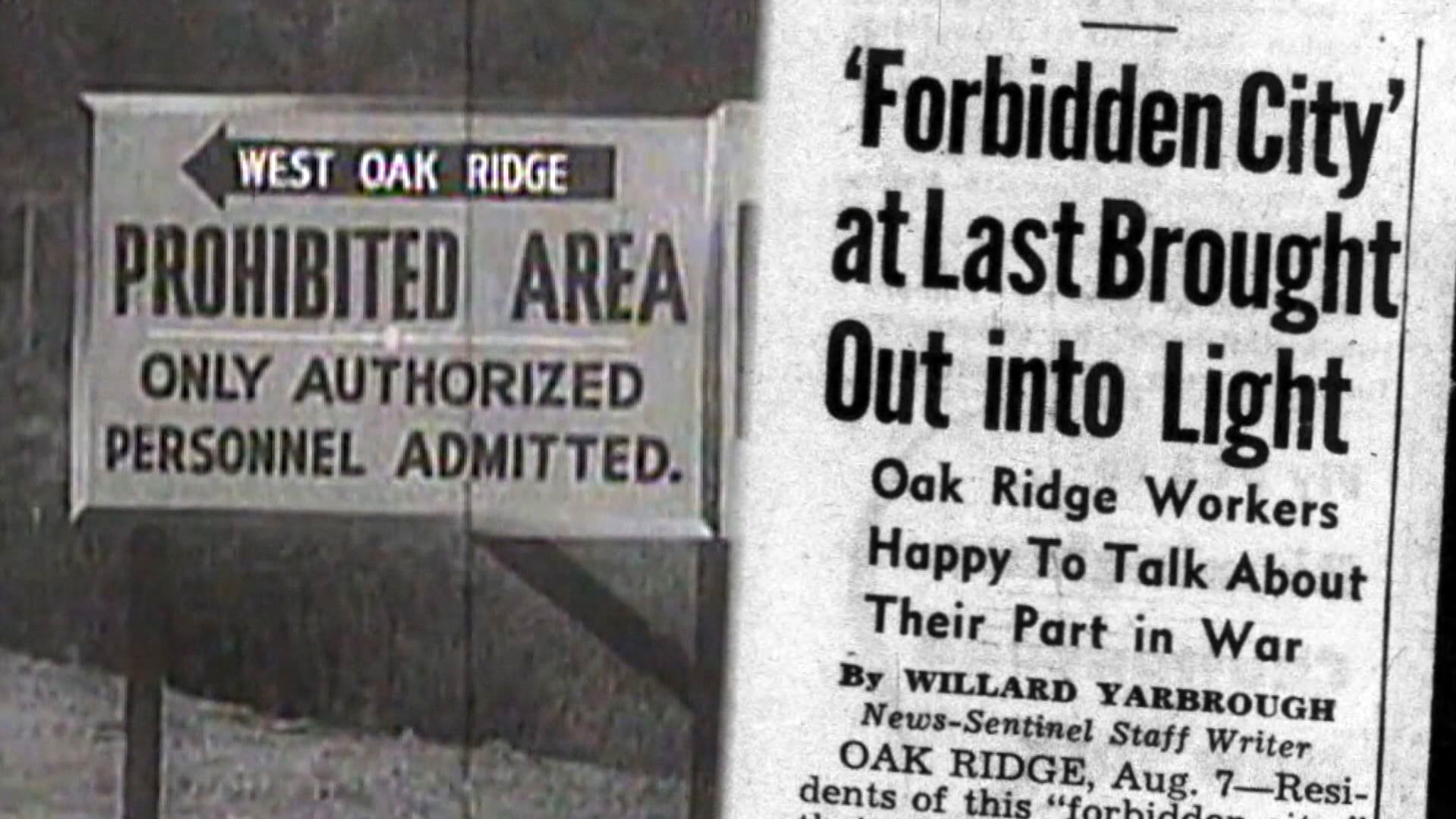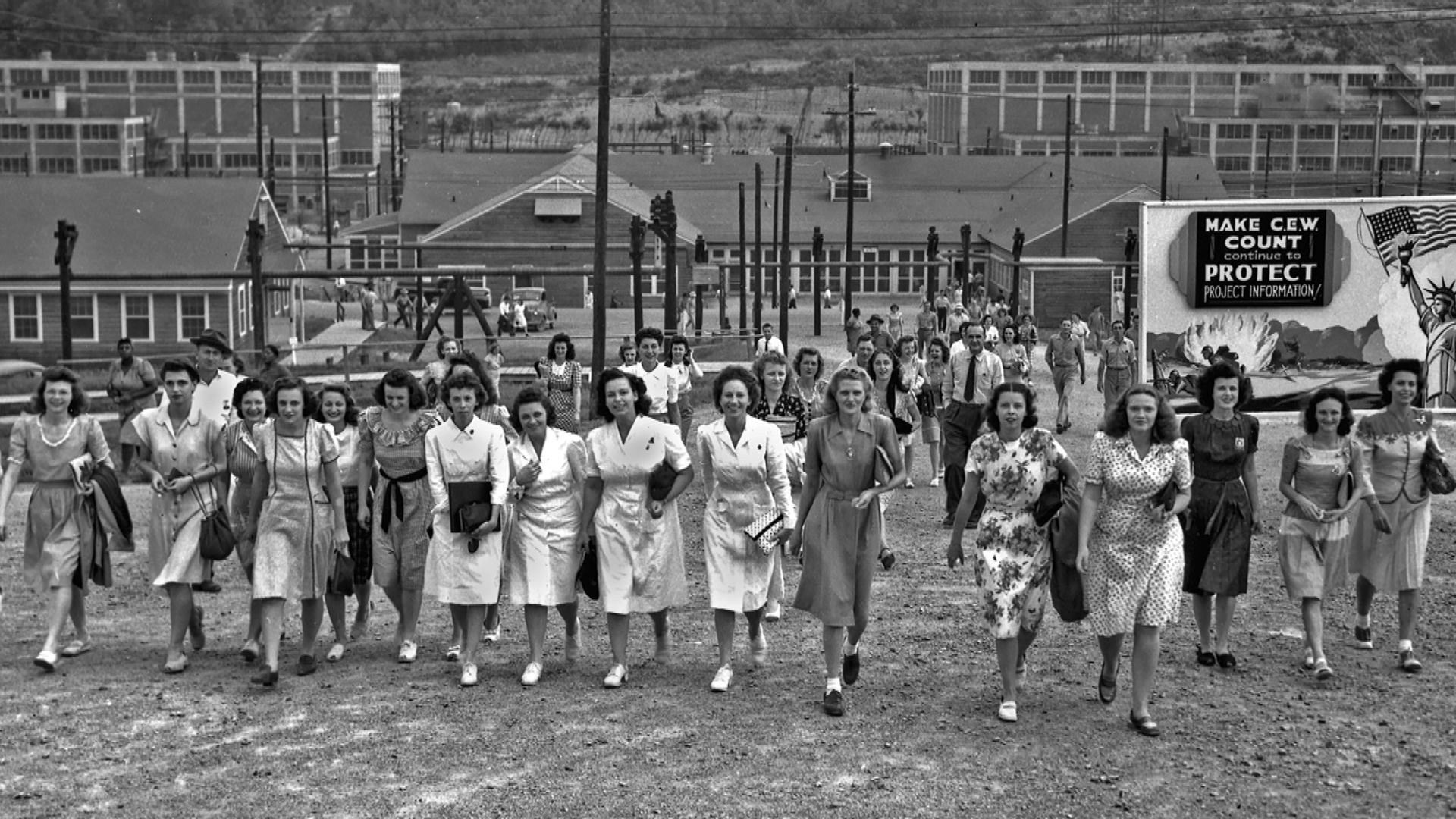OAK RIDGE, Tenn. — This week marks 75 years since the United States dropped an atomic bomb on Hiroshima, Japan, on Aug. 6, 1945. The same day, the government revealed the fuel for the explosion was made at enormous factories hidden in a top-secret city in the hills of East Tennessee.
Newspaper archives reveal how the historic moment was revealed to East Tennesseans, as well as attitudes from the day of the first atomic bomb until the end of the war more than one week later.
When President Harry Truman announced the existence of the atomic bomb, there were no photographs or films of the mushroom cloud to accompany the news. The only proof was the word of the president and a host of photos of where the fuel for the bomb was created.
Just a half hour from Knoxville, the Clinton Engineering Works was secretly home to the fifth-largest city in Tennessee. Oak Ridge had more than 40,000 residents 425 buildings behind the guarded gates.

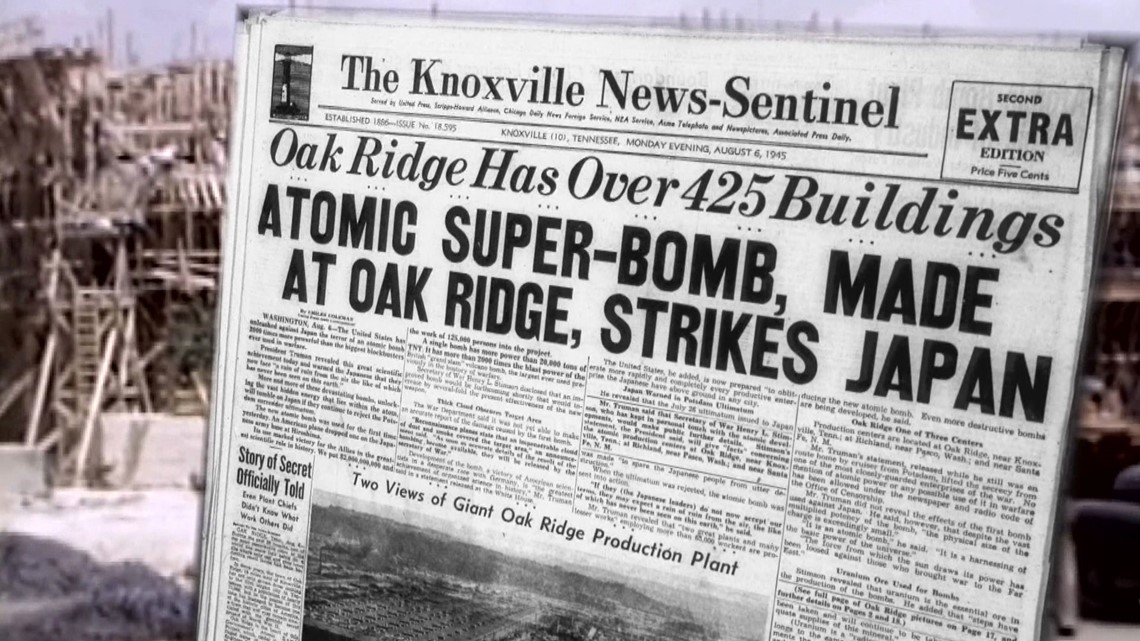
What a story to tell. The first photos came from photographer Ed Westcott, who was hired by the government to document the creation of Oak Ridge and its nuclear plants the previous three years. Within a few days, some journalists were allowed to enter and take photographs of everything from the residents, the busy bus stations, and the scientists who played a part in developing a new weapon of mass destruction.
Reports included stories of how some scientists came from Germany and escaped the wrath of the Nazis, then spent the last few years helping create a weapon that could defeat them.
There were also your basic local stories about how this could impact the local economy, a potential "Knoxville business boom" from having a huge war plant nearby.

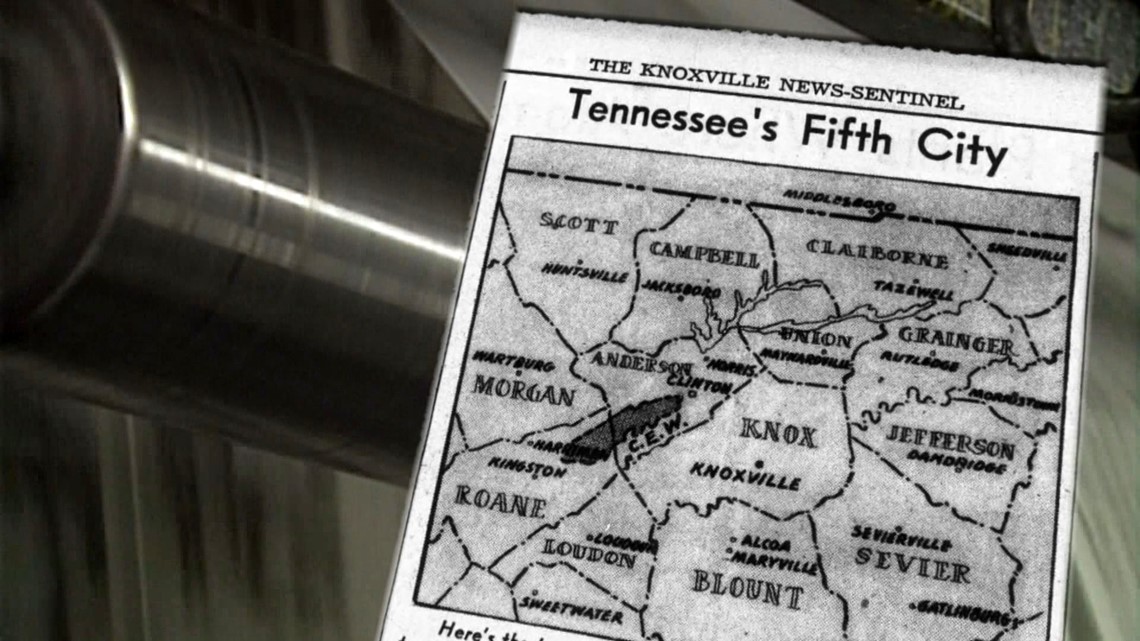
A common theme in the reports was how the guessing game was over. That went for people outside the gates curious about what was going on at the Clinton Engineering Works. Likewise, workers in Oak Ridge no longer wondered what their work was for. Only a handful of leaders knew the work to enrich uranium was for a new "super weapon.'
"They didn't have the slightest idea they were working on a nuclear bomb," said Bill Wilcox in a 2010 interview with WBIR. Wilcox was a young scientist in Oak Ridge who eventually became scientific director of Y-12.
Now that people knew about the incredible atomic bomb, the headlines speculated what the next target would be as Japan refused to surrender. Most newspapers mentioned Tokyo as the likely victim of a second bombing.

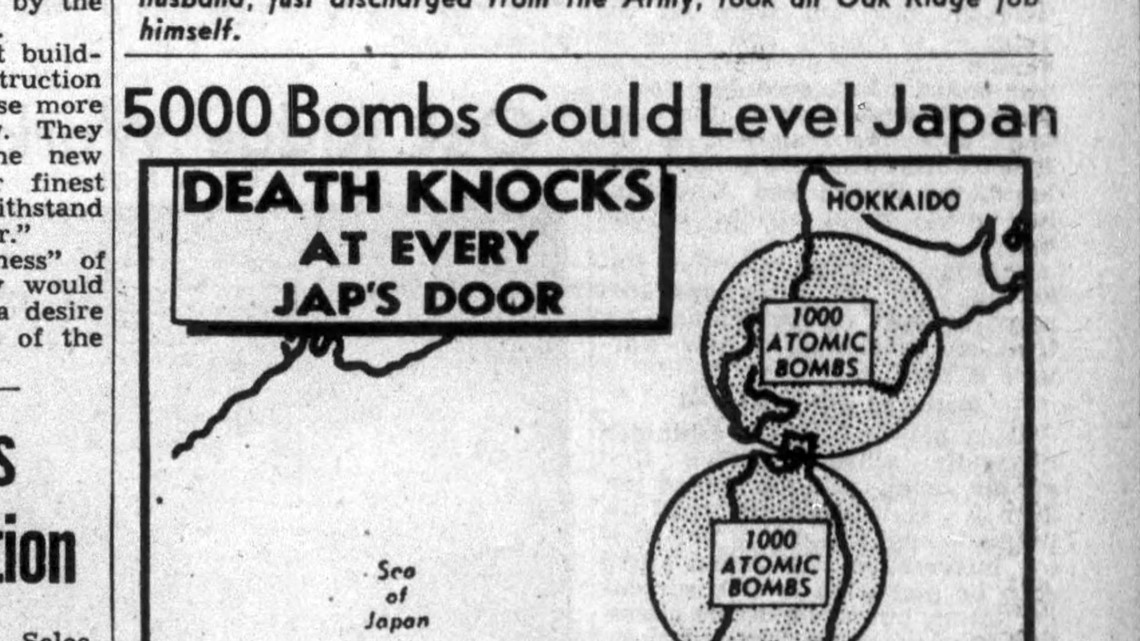
One graphic in the Knoxville News-Sentinel showed how 5,000 of the new atomic bombs could demolish every inch of Japan. This was still before anyone had seen photos of the explosion over Hiroshima or the devastation on the ground. The reports reflected a desire to use the new weapon as often as possible to end the war as soon as possible.
The evening paper on August 9, 1945, announced a second bomb hit Nagasaki. Headlines in Knoxville read, "Nagasaki Blown to Vapor." Still, there were no photographs from the bombings.
The first photos of the mushroom clouds over Hiroshima and Nagasaki were published August 12, 1945.

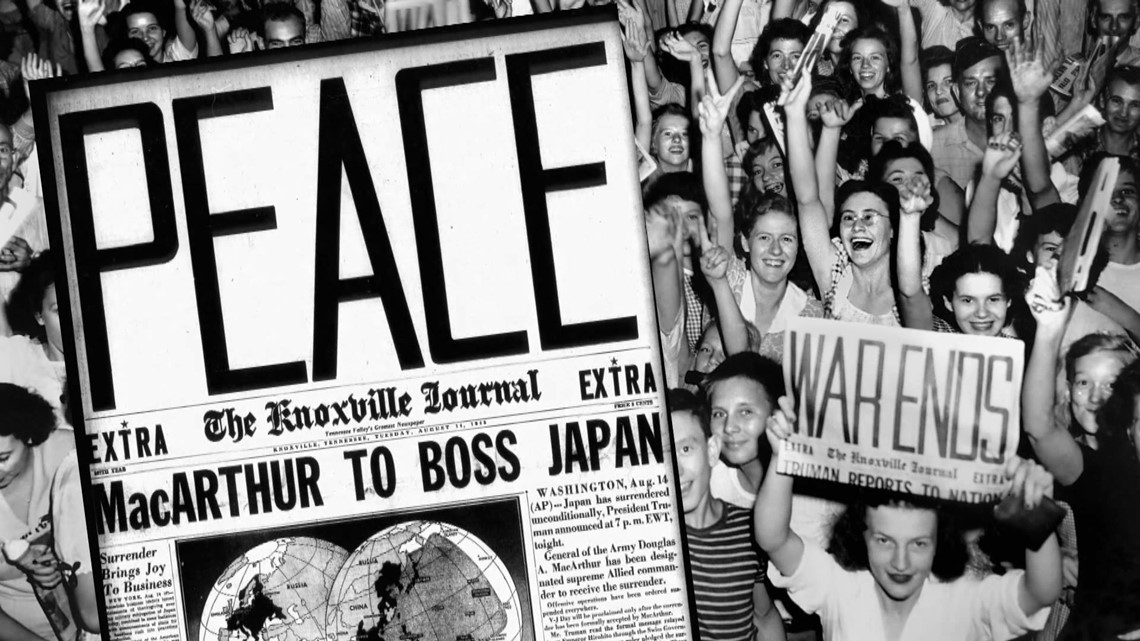
After the bombing of Nagasaki, there was speculation about a third target. Mostly, the headlines reflected a daily waiting game and countdown to surrender from Japan.
Five days after Nagasaki, the headlines announced "PEACE" and "WAR ENDS" in bold print that took up the top half of the front page.
Headlines announced the end of the "bloodiest war in history" and the sunrise of a new atomic age of peace. The presses rolled out celebrations of the work at a "Secret City" that would not open to the public until 1949.

